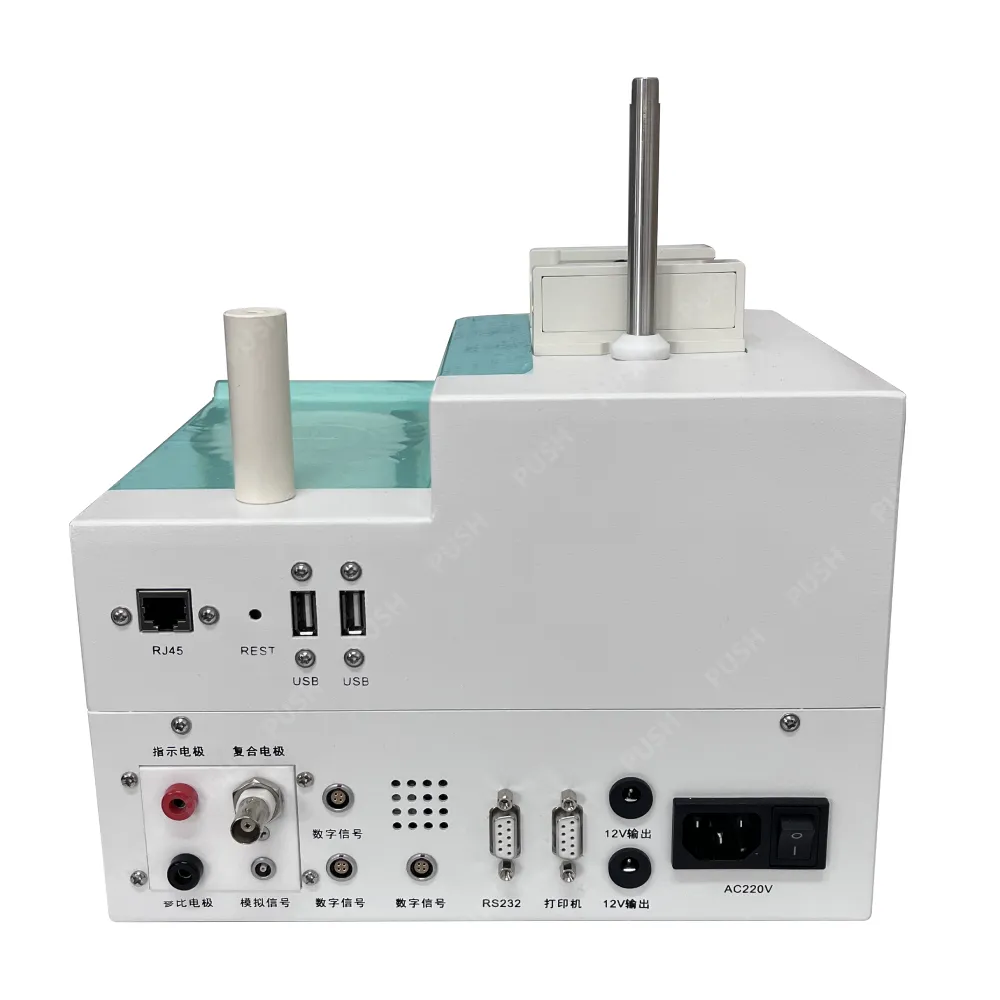 English
English



-
 Afrikaans
Afrikaans -
 Albanian
Albanian -
 Amharic
Amharic -
 Arabic
Arabic -
 Armenian
Armenian -
 Azerbaijani
Azerbaijani -
 Basque
Basque -
 Belarusian
Belarusian -
 Bengali
Bengali -
 Bosnian
Bosnian -
 Bulgarian
Bulgarian -
 Catalan
Catalan -
 Cebuano
Cebuano -
 China
China -
 China (Taiwan)
China (Taiwan) -
 Corsican
Corsican -
 Croatian
Croatian -
 Czech
Czech -
 Danish
Danish -
 Dutch
Dutch -
 English
English -
 Esperanto
Esperanto -
 Estonian
Estonian -
 Finnish
Finnish -
 French
French -
 Frisian
Frisian -
 Galician
Galician -
 Georgian
Georgian -
 German
German -
 Greek
Greek -
 Gujarati
Gujarati -
 Haitian Creole
Haitian Creole -
 hausa
hausa -
 hawaiian
hawaiian -
 Hebrew
Hebrew -
 Hindi
Hindi -
 Miao
Miao -
 Hungarian
Hungarian -
 Icelandic
Icelandic -
 igbo
igbo -
 Indonesian
Indonesian -
 irish
irish -
 Italian
Italian -
 Japanese
Japanese -
 Javanese
Javanese -
 Kannada
Kannada -
 kazakh
kazakh -
 Khmer
Khmer -
 Rwandese
Rwandese -
 Korean
Korean -
 Kurdish
Kurdish -
 Kyrgyz
Kyrgyz -
 Lao
Lao -
 Latin
Latin -
 Latvian
Latvian -
 Lithuanian
Lithuanian -
 Luxembourgish
Luxembourgish -
 Macedonian
Macedonian -
 Malgashi
Malgashi -
 Malay
Malay -
 Malayalam
Malayalam -
 Maltese
Maltese -
 Maori
Maori -
 Marathi
Marathi -
 Mongolian
Mongolian -
 Myanmar
Myanmar -
 Nepali
Nepali -
 Norwegian
Norwegian -
 Norwegian
Norwegian -
 Occitan
Occitan -
 Pashto
Pashto -
 Persian
Persian -
 Polish
Polish -
 Portuguese
Portuguese -
 Punjabi
Punjabi -
 Romanian
Romanian -
 Russian
Russian -
 Samoan
Samoan -
 Scottish Gaelic
Scottish Gaelic -
 Serbian
Serbian -
 Sesotho
Sesotho -
 Shona
Shona -
 Sindhi
Sindhi -
 Sinhala
Sinhala -
 Slovak
Slovak -
 Slovenian
Slovenian -
 Somali
Somali -
 Spanish
Spanish -
 Sundanese
Sundanese -
 Swahili
Swahili -
 Swedish
Swedish -
 Tagalog
Tagalog -
 Tajik
Tajik -
 Tamil
Tamil -
 Tatar
Tatar -
 Telugu
Telugu -
 Thai
Thai -
 Turkish
Turkish -
 Turkmen
Turkmen -
 Ukrainian
Ukrainian -
 Urdu
Urdu -
 Uighur
Uighur -
 Uzbek
Uzbek -
 Vietnamese
Vietnamese -
 Welsh
Welsh -
 Bantu
Bantu -
 Yiddish
Yiddish -
 Yoruba
Yoruba -
 Zulu
Zulu
bushing test in transformer
Bushing Test in Transformers An Overview
Transformers are essential components in electrical power systems, enabling the transmission and distribution of electricity across vast distances. One of the critical parts of a transformer is its bushing, which serves as an insulator while allowing electrical conductors to pass through the transformer tank. Given the pivotal role that bushings play in ensuring the safe and reliable operation of transformers, conducting bushing tests is imperative for maintaining operational integrity and minimizing the risk of failure.
Understanding Bushings
Bushings are designed to support high voltage conductors and provide insulation to prevent electrical discharges. They typically consist of a core made from insulating materials such as porcelain or polymer, which is coated with a conductive material. As transformer bushings age, they are susceptible to wear and environmental damage, which can lead to insulation breakdown, increased losses, and, ultimately, transformer failure.
Importance of Bushing Testing
Bushing testing is critical for several reasons. Firstly, it helps in assessing the insulation integrity of the bushing, which is vital for the safe operation of the transformer. A compromised bushing can lead to electrical arcing, severe damage to the transformer, and potentially result in outages or safety hazards. Secondly, testing can identify aging effects that may not be apparent through visual inspections alone. Early detection allows for timely maintenance or replacement, which can save considerable costs and prevent extensive damages.
Common Bushing Tests
Several standardized tests are commonly performed on transformer bushings
bushing test in transformer

1. Capacitance and Power Factor Testing This test measures the capacitance and dielectric dissipation factor (power factor) of the bushing insulation. A high power factor indicates that the insulation is deteriorating, potentially leading to failure.
2. Insulation Resistance Testing This test involves applying a high voltage to the bushing while measuring the resistance of the insulation. Low insulation resistance can signify moisture ingress or material degradation.
3. Dissolved Gas Analysis (DGA) By analyzing the gases dissolved in the transformer oil, engineers can uncover issues related to the bushing. Certain gases indicate overheating or electrical discharges, which are precursors to bushing failure.
4. Sweep Frequency Response Analysis (SFRA) This advanced test assesses the mechanical integrity of the bushing by evaluating its response to varying frequencies. Changes in response patterns can indicate physical defects or moisture within the insulation.
5. Leakage Current Measurement Monitoring leakage current helps to identify insulation deterioration. An increase in leakage current can suggest compromised bushing integrity.
Conclusion
In conclusion, bushing tests are an essential aspect of transformer maintenance, providing invaluable insights into the health of one of the most critical components within electrical power systems. Regular testing not only enhances the reliability and performance of transformers but also plays a significant role in preventing catastrophic failures. By employing a combination of testing methods, utility companies and maintenance personnel can ensure that transformers operate efficiently and safely, thereby safeguarding the energy supply and minimizing operational risks.
-
Transformer Test Essentials: Insulating Oil Tester and TypesNewsMay.30,2025
-
Grease Testers and Oil Determination OverviewNewsMay.30,2025
-
Exploring Electricity Usage Testers and GeneratorsNewsMay.30,2025
-
Essential Guide to Transformer Oil Testing ToolsNewsMay.30,2025
-
Ensuring Safety with a Circuit Breaker FinderNewsMay.30,2025
-
Electrical Safety Tools Hipot, Dielectric, VLF TestersNewsMay.30,2025



